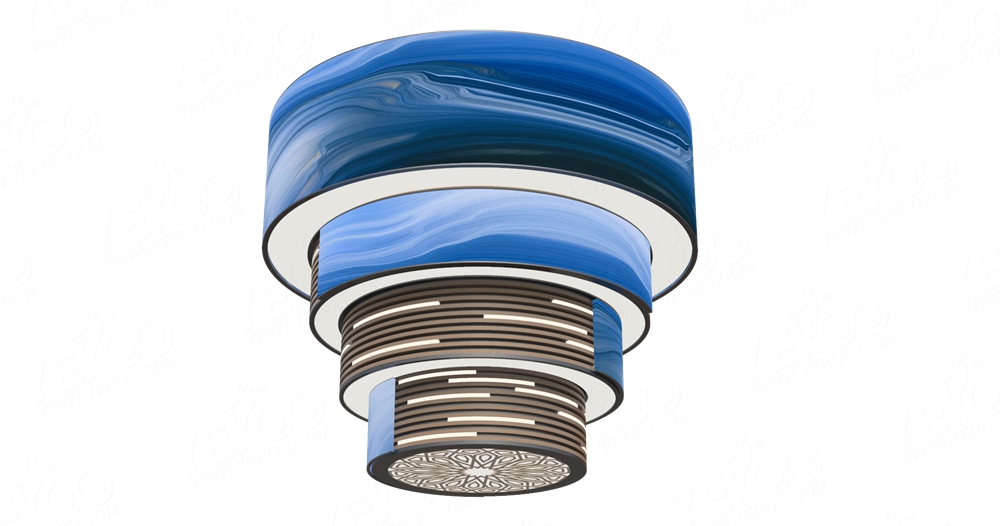LED screens, short for Light Emitting Diode displays, have revolutionized the world of visual communication. These versatile and energy-efficient screens have become an integral part of modern technology, enhancing our daily lives in numerous ways. From advertising billboards to home entertainment systems, LED screens offer stunning visuals, high clarity, and unmatched durability. In this article, we will delve into the world of LED screens and explore their diverse applications, benefits, and technological advancements.
1. What are LED Screens?
LED screens consist of an array of tiny light-emitting diodes that emit light when an electric current passes through them. Each diode represents a pixel, and by controlling the brightness of these pixels, LED screens can create a wide range of colors and images. The ability to emit light directly makes LED screens brighter and more energy-efficient compared to traditional screens like LCDs (Liquid Crystal Screen) and CRTs (Cathode Ray Tube).
2. Applications
Outdoor Advertising: LED screens have transformed outdoor advertising, replacing static billboards with dynamic, eye-catching digital signage. Their high brightness and visibility even in daylight make them perfect for advertising campaigns.
Indoor Signage: LED screens are commonly used in shopping malls, airports, and stadiums for indoor advertising and wayfinding. They provide flexibility in content management and can be updated remotely.
Sports Stadiums: LED screens in sports stadiums provide real-time information, instant replays, and audience engagement through live feeds and interactive content.
Home Entertainment: LED TVs have gained immense popularity for home entertainment due to their sleek design, thin profiles, and superior picture quality. They offer vibrant colors and deep blacks for an immersive viewing experience.
Digital Billboards: LED billboards along highways and in city centers allow advertisers to display multiple ads in rotation, increasing exposure and revenue.

3. Benefits
Energy Efficiency: LED screens consume significantly less power than traditional displays, reducing energy costs and environmental impact.
Brightness and Clarity: LED screens are known for their high brightness levels, making them visible in various lighting conditions. They also provide sharp and clear images with wide viewing angles.
Durability: LED screens are built to withstand harsh weather conditions, making them suitable for outdoor use. They have a longer lifespan compared to other display technologies.
Flexibility: These screens are versatile and can be customized to various sizes and shapes, making them suitable for a wide range of applications.
4. Technological Advancements
Pixel Pitch: Smaller pixel pitches result in higher resolution displays. Advances in pixel pitch technology have led to sharper and more detailed visuals.
HDR (High Dynamic Range): HDR technology enhances the contrast and color range, providing more realistic and vibrant images.
Mini-LED and Micro-LED: These technologies have improved LED screens' contrast ratios, brightness, and power efficiency, making them suitable for high-end applications.
LED screens have illuminated our world, transforming how we communicate, advertise, and entertain. With their energy efficiency, versatility, and continuous technological advancements, LED screens are poised to continue shaping the future of visual communication. Whether you encounter them on the streets, in stadiums, or in your living room, LED screens are a testament to the power of innovation and the brilliance of light.








 Share to:
Share to: